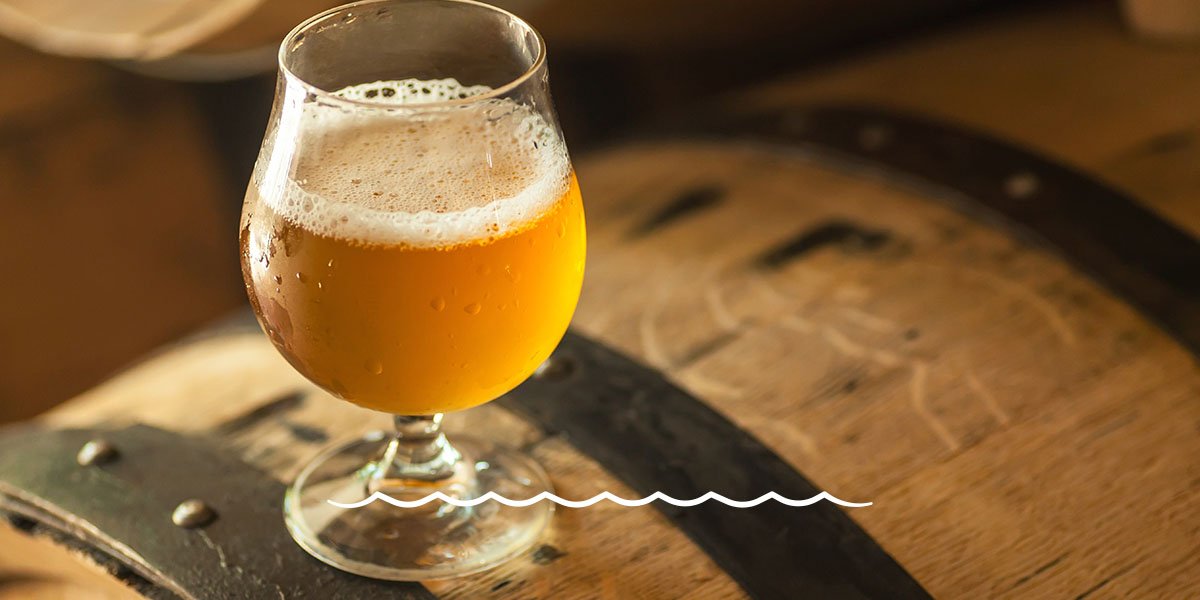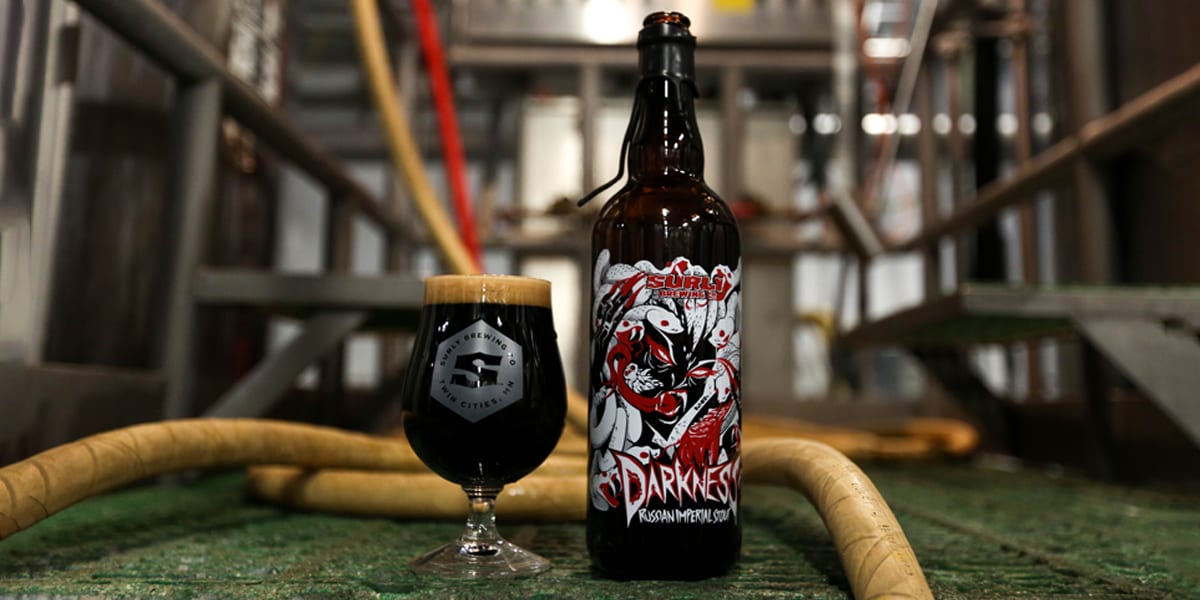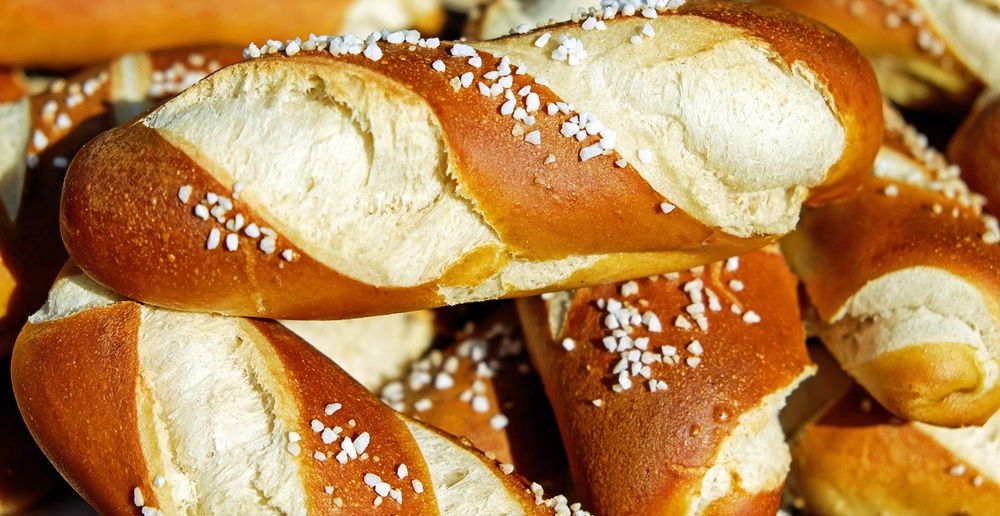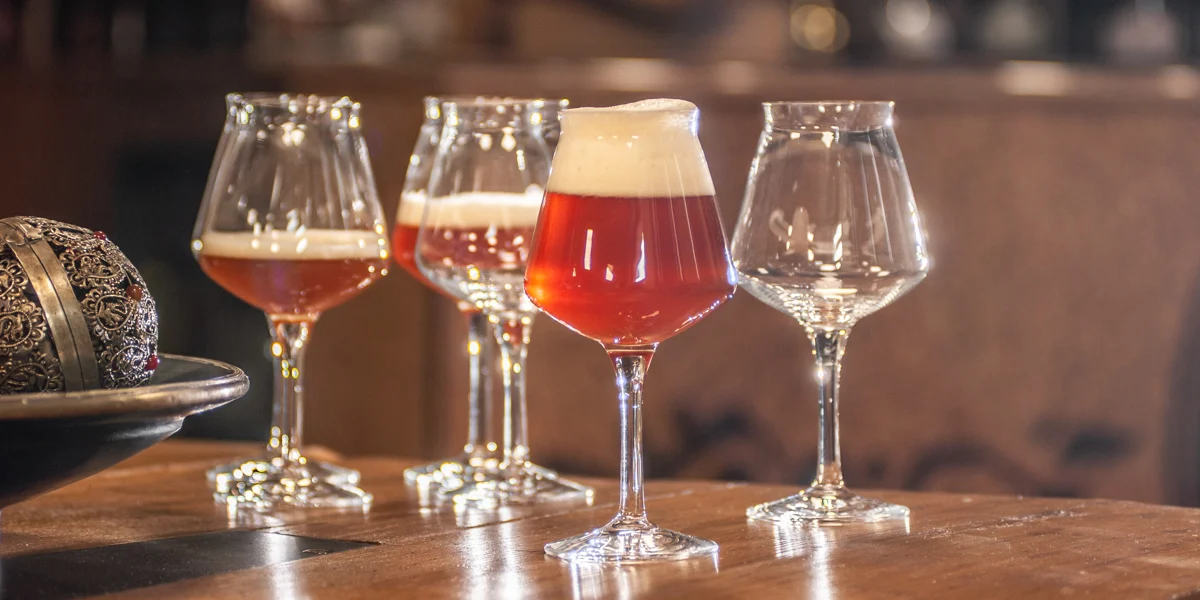
If you’re anything like me, you’ve likely found yourself in a conversation about beer styles, and the topic of IPAs always seems to come up. After all, IPAs have become one of the most beloved beer styles among craft beer enthusiasts. But one question that often arises during these discussions is: when does an IPA become a double IPA? This question can be tricky, as both styles share a lot of similarities, but there are key differences that set them apart. In this article, I’ll dive into what makes an IPA an IPA, how a Double IPA is defined, and ultimately, when does an IPA become a double IPA?
Understanding the IPA
To truly appreciate the transformation of an IPA into a Double IPA, it’s crucial to first understand what an IPA is. India Pale Ales, or IPAs, have gained immense popularity in recent years due to their bold hop flavors. Historically, they originated in England during the 19th century when brewers added more hops to preserve their beers on long voyages. Modern IPAs have evolved to feature a wide range of flavors and aromas, but the common thread is always the heavy presence of hops.
IPAs can vary in strength, but they typically have an alcohol content ranging from 5% to 7.5%. What sets them apart is the emphasis on hop bitterness, which can range from piney and earthy to citrusy and tropical. These beers are often highly aromatic, with hop-forward characteristics that define their profiles. The result is a crisp, refreshing beer that many beer drinkers seek out for its bold flavors.
What Defines a Double IPA?
So, when does an IPA become a double IPA? The answer lies in the changes made to both the alcohol content and the hop character. A Double IPA, or DIPA, is a more robust and intense version of the regular IPA. It’s brewed with additional malt and hops, resulting in a beer that’s stronger in both alcohol and flavor.
Typically, Double IPAs have an alcohol content of 7.5% to 10% ABV, and in some cases, even higher. This higher alcohol content comes from the additional malt used in brewing, which provides the necessary sugars for fermentation. This malt also serves as a counterbalance to the increased hop bitterness, which is one of the defining features of a Double IPA.
The increased alcohol content is the first clear distinction that separates a regular IPA from a Double IPA. But it’s not just about the alcohol – the hop profile in a Double IPA is also more intense. While IPAs are known for their strong hop presence, Double IPAs push this even further by using a greater amount of hops throughout the brewing process. This can result in more complex flavors and aromas, ranging from juicy and tropical to resinous and piney.
The Role of Malt in a Double IPA
When brewing a Double IPA, malt plays a key role in achieving the beer’s balanced taste. In a standard IPA, the malt character is often subtle, allowing the hops to take center stage. However, with a Double IPA, the malt needs to be more prominent to balance out the higher alcohol content and the intense bitterness.
In a Double IPA, the malt provides sweetness and body, which helps mellow out the bitterness that comes from the hops. This makes the beer feel fuller and more complex. When I drink a Double IPA, I often notice a slight sweetness that complements the bitterness from the hops. It’s this balance between the sweetness from the malt and the bitterness from the hops that creates a smooth, enjoyable experience.
Tasting the Difference Between IPA and Double IPA
When tasting a Double IPA compared to a regular IPA, the differences are immediately noticeable. A Double IPA tends to be more intense in both flavor and body. While IPAs are often light to medium in body, Double IPAs are typically fuller and more substantial, with a thicker mouthfeel.
The hop bitterness in a Double IPA is more pronounced and can sometimes be overwhelming if you’re not used to it. However, the additional malt helps to soften the blow, making the bitterness more palatable. The increased alcohol content also adds a noticeable warmth to the finish, something that’s usually not as prominent in a regular IPA.
Another key difference is the complexity of the flavors. While a traditional IPA might showcase a straightforward citrus or pine flavor, a Double IPA often has a wider range of hop profiles, such as tropical fruit, floral notes, or even earthy, resinous qualities. The malt also adds more depth, with flavors like caramel, toffee, or even biscuit-like notes.
New England IPAs and Double IPAs
In recent years, New England IPAs (NEIPAs) have become a huge trend in the craft beer world. These beers are known for their hazy appearance and juicy, fruity flavors. As more breweries experiment with the New England style, some have created Double New England IPAs (DNEIPAs), which combine the hazy, juicy qualities of a NEIPA with the stronger alcohol and hop profile of a Double IPA.
DNEIPAs are a great example of how the definition of when does an IPA become a double IPA can be influenced by both the hop profile and the beer’s appearance. While a regular Double IPA might be clear and crisp, a Double New England IPA retains that hazy, cloudy appearance while offering the same level of alcohol intensity and hop bitterness that you’d expect from a traditional Double IPA.
When Does an IPA Become a Double IPA?
The key takeaway when considering when does an IPA become a double IPA is that it’s all about the balance between the alcohol content, the hop intensity, and the malt presence. As a beer’s alcohol content rises above the 7.5% threshold and the hops become more intense, it’s likely that the beer is transitioning from a regular IPA to a Double IPA. The malt also plays a critical role in maintaining balance as the beer becomes stronger and hoppier.
It’s also worth mentioning that there’s no exact science behind this transition. Different brewers may have different interpretations of what constitutes a Double IPA, and the line between an IPA and a Double IPA can sometimes be blurry. However, in general, when you start experiencing higher ABV, stronger hop bitterness, and a fuller body, you can start to recognize that you’re drinking a Double IPA.
Conclusion
In conclusion, when does an IPA become a double IPA is a question that hinges on several key factors, including alcohol content, hop intensity, and malt presence. While the answer can vary depending on the brewery and their brewing style, the main distinction is that a Double IPA is a more potent, robust version of the standard IPA, with a higher ABV and more intense hop characteristics. Whether you’re a fan of traditional IPAs or prefer the bold flavors of a Double IPA, there’s no denying that both styles offer something special for craft beer lovers.
I hope this deeper dive into the question of when does an IPA become a double IPA helps clarify the differences between these two beloved beer styles. For me, both have their place, depending on what I’m in the mood for – but it’s always fun to explore how these beers evolve and what new variations are constantly being created by breweries around the world.




